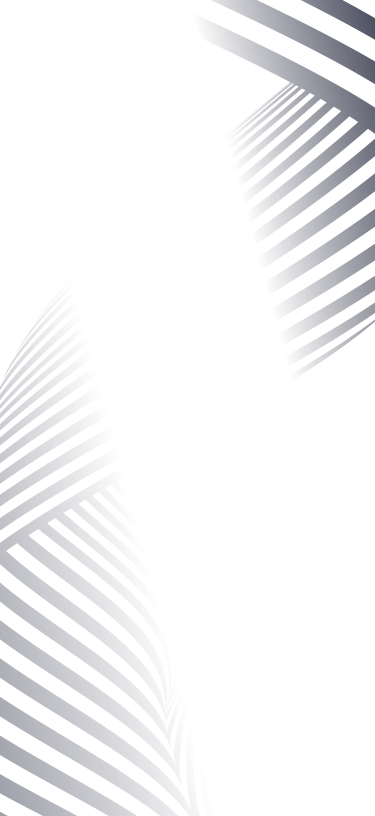Bringing the audience to remote performance
Tonight Solent University helped enable the second phase of a project to bring the audience back to remote performances. Restricted social contact has stimulated a massive growth in online collaborative tools with technologies being repurposed in innovative ways to provide a wide range of services. Our students have become quite familiar with lectures and seminars that are delivered remotely and large parts of the country have experienced the online family quiz. Latency and bandwidth restrictions make it difficult to scale but the Events Revival Alliance were keen to push the boundaries and discover solutions to such challenges.
The Events Revival Alliance aimed to host live music events that could be streamed from a performance space to the audience’s homes but crucially with real-time feedback from the audience members. The alliance was founded by acousticians who realised the importance of the audience to enhance the experience and feeling of connection for both the audience and performers. This requirement introduces some complex challenges with scale and different latencies between feeds, as well as functional limitations of the software such as being able to mix audio feeds. Staff from the Media Technology programme were able to advise on some of the challenges and possible solutions. Phase one was a closed event with a limited audience hosted via Zoom. The Events Revival Alliance worked with Zoom’s developers to evaluate changes that could be implemented to enhance the experience.
For phase two, Solent University’s Matt Hickling and Ian Williamson brought the University’s newly refurbished Outside Broadcast truck to a Ministry of Sound venue in London to help resolve some of the challenges identified in phase one. This enabled the use of professional systems cameras including Pan Tilt and Zoom (PTZ) heads to capture the event as well as providing the ability for the return audio feeds to be mixed for presentation to the performers and transmission feed. It was a strange experience as the workflow was designed around the need for extensive social distancing and infection control procedures.
The audience was managed through four separate Zoom feeds that could be mixed within the truck and overlaid onto the programme feed as well as projected for the performers. The audio from Zoom was fed to be mixed by front of house engineer Mike Steer to achieve balance. The performers were then able to hear the audience interaction and the a programme mix was returned to the truck for embedding and playout. The transmission was streamed using millicast to provide minimal outgoing latency, whilst variance in latency was tolerable within the return feeds from Zoom.
A number of organisation have been involved with the project so far. The Events Revival Alliance are working with developers from Zoom and millicast to improve the experience and there has been interest in the project from the World Health Organisation and BBC. Everyone is keen to find ways to continue to host events in a safe and effective manner as the entertainment industry has been hard hit by the recent pandemic. The artist on the day, JJ Rosa commented “What a seriously unique & amazing experience yesterday’s live stream gig was. So so special to be working with @EventsRevivalAlliance on the #2WAY interactive artist and audience concept.”
Solent University and the Media Technology Programme were pleased to be involved and look forward to getting students involved in such projects as soon as it is deemed safe to do so. It is great to see unwaning demand of media aware technologists even in such trying times!





